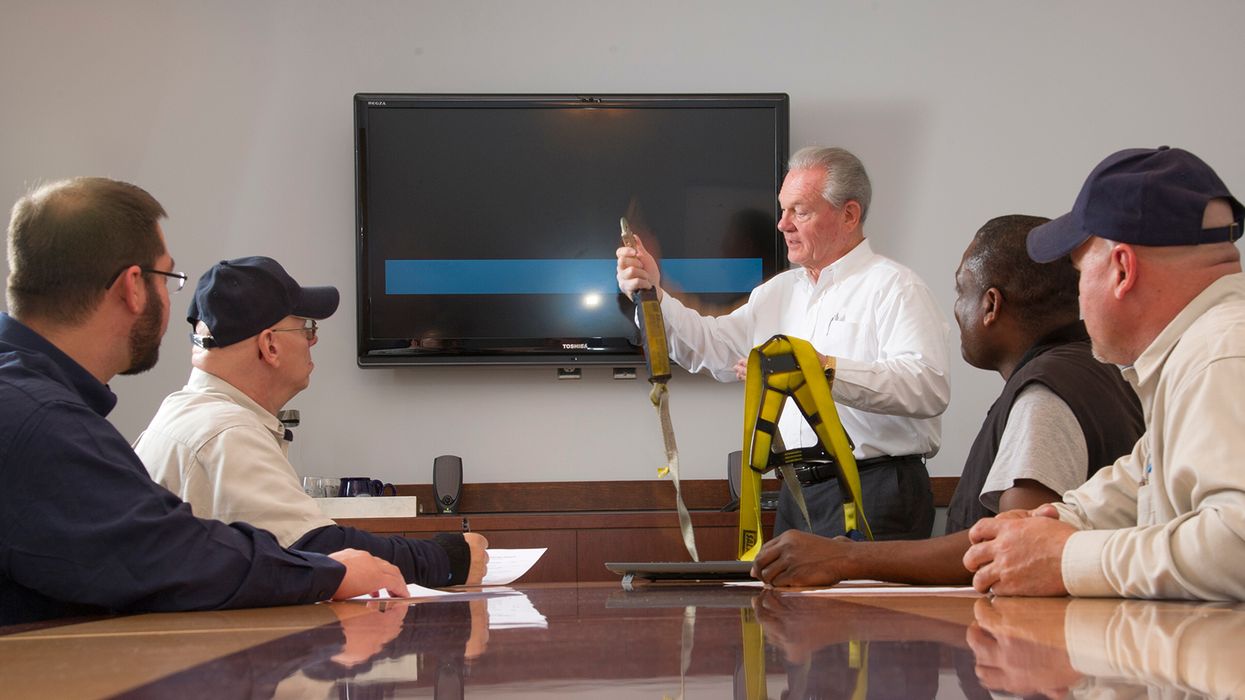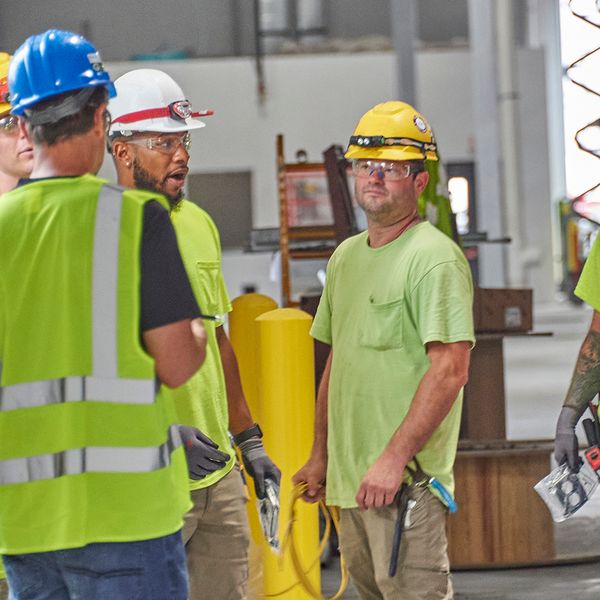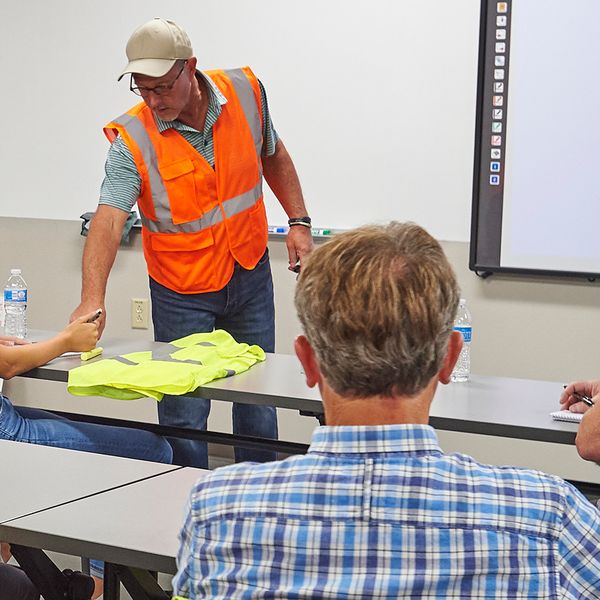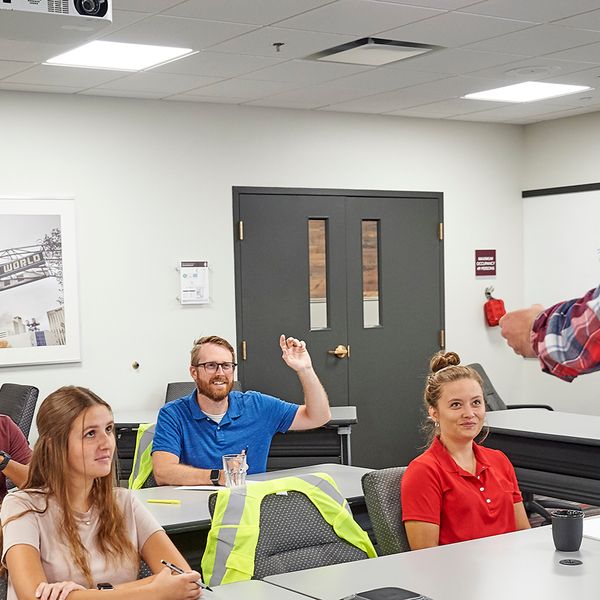Virtual Conference participants tackle safety training challenges
OSHA has more than 100 topics that require employee training, yet the agency still finds plenty of reasons to issue citations. That’s why J. J. Keller decided to host an interactive virtual conference titled, “Getting the safety training buy-in you need” to help participants up the ante on their safety training.
The one-hour event was kicked off with a presentation by subject matter experts on regulatory training requirements and some of the major challenges employers face when it comes to providing effective training. Sometimes it’s not that there isn’t a training program, but that the training as much of a priority as production, or there’s not enough engagement. The discussion included some tips and tricks for making improvements in:
- Selecting competent trainers;
- Finding the time to train workers;
- Getting attendance and participation;
- Keeping training fresh in the minds of workers and in content; and
- Carrying the training message back to work.
Safety training challenges
During the interactive portion of the event, J. J. Keller invited participants to share their greatest training challenges, liking getting management and/or employee buy-in. Participants were also asked to discuss with their breakout groups how they have addressed certain training challenges.
Some participants mentioned trying to keep people focused and entertained so they don’t “zone out” during training sessions. This can be achieved, one attendee said, by occasionally inviting outside vendors to do presentations. Another attendee mentioned the importance of working hard to review and update training, so it doesn’t get stale.
The importance of presenting training in the language workers are fluent in was also mentioned. “We translate all of our training into Spanish,” a participant said.
Participants from another breakout group shared the difficulty they have knowing where to begin training when a safety program is new, the company is new, or they are new to the company and need to provide training. One recommendation was to list all the OSHA training topics that apply to your organization and prioritize them based on those related to the tasks or activities with the greatest potential to cause injury. From there, provide training in small, digestible pieces.
Others shared that getting management buy-in for their safety training or safety program is an ongoing challenge. Management buy-in is more than financial. Day-to-day operational support of safety is also necessary, one participant shared. For example, during warehousing operations, housekeeping tends to fall by the wayside and is taken care of either before or after shifts even though the hazards exist throughout the day. One recommendation for getting management buy-in including having management alternate performing audits or inspections so they can experience what employees experience.
Safety training successes
In addition to the suggestions above, participants and subject management experts also shared training strategies that have been successful. One participant shared that having management “walk-the-talk” is critical in getting buy-in for safety in the workplace. Without management leading by example, it can be difficult to have employees engage.
Our subject matter experts also recommend looking outside of the box when it comes to offering safety training. Many community organizations, like fire departments, police agencies, and emergency services organizations are happy to come in to speak with employees about safety topics, and these services are often free as part of community service projects. Having different presenters helps keep employees interested in training.
Recommendations for getting safety training buy-in
Keep ahead of training by:
- Making safety as much of a priority as productivity or other company objectives.
- Understanding regulatory training requirements, including who would be considered a “competent” person.
- Ensuring your trainer has the knowledge, skills, and experience and is willing to train, has the flexibility to adjust with various classes, and is dynamic enough to actively engage participants.
- Finding time in your schedule for training, just as you would production, meetings, and other important events.
- Focusing on attendance and participation. Understand how adults learn and how to train to their learning styles, including implementing props, having guest speakers or outside trainers, and having hands-on applications.
- Keeping thing fresh with your training and make sure you are evaluating if/when refresher- or re-training is needed based on workplace situations and behaviors.
- Carrying the message of safety back to work by getting management commitment, leading by example, setting accountability expectations, and giving employee recognition for carrying the safety message in words and action.
Key to remember: Conference attendees learned they aren’t alone in their quest to effectively train workers. With the ideas that were shared, they gained new tools to help get the safety training buy-in they need.
Want to learn more about employee engagement? See our article, "A lack of safety training engagement: The workers' perspective."




















































